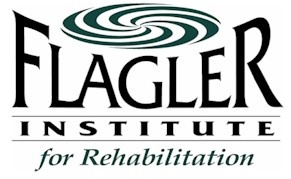
Over 16 years of State of the Art Physical Therapy delivery
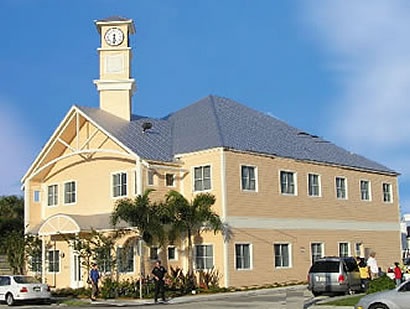
Physical Therapy Helps!
Flash version 9,0 or greater is required
You have no flash plugin installed
Download latest version from here
Rapid Recovery from Hamstring Injuries
The hamstring muscles, located at the back of the thigh, are comprised of three muscle groups. Injuries to this muscle are common in athletes participating in sports such as football or basketball. They are also common in 'weekend warriors' and individuals who participate in walking, jogging or running without a period of adequate warm up and stretching.
This muscle group allows your knee to bend, and plays a critical role in every activity involving the lower body. Your hamstrings are contracting every single time you take a step, climb a flight of stairs or get in and out of your car.
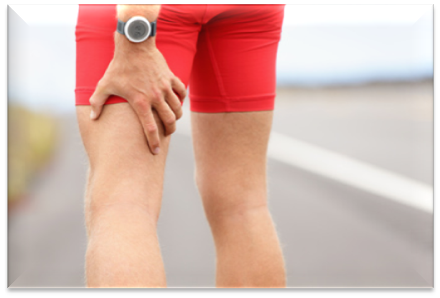 The anatomy of this muscle group
The anatomy of this muscle group
The three muscle groups that comprise the hamstrings include the biceps femoris, semi-membranosus and semi-tendinosus. A partial or complete tear of either of these muscles is a likely possibility in hamstring injuries.
Cause of hamstring muscle injury
A sudden, excessive stress on this muscle group is a common cause of injury. An individual with a previous history of hamstring injuries is more likely to get re-injured. Hamstring muscle tightness and inadequate warm-up can also cause injuries.
The Role of the Physical Therapist
The role of the physical therapist is extremely important in managing patients with hamstring injuries. Prior to treatment, the therapist will obtain a detailed history and perform a clinical examination to ascertain the degree of injury and the muscle groups involved. This will help create a foundation for a safe and effective treatment program.
If the injury was sustained recently, the therapist will recommend rest, since the primary goal is to avoid an increase in pain and excessive strain on sensitive muscles and ligaments. You may be asked to avoid exercise and in some cases, avoid walking. You may be asked to use crutches for support.
In an effort to deal with the pain associated with such injuries, the therapist may recommend an ice pack and a compression bandage to reduce swelling.
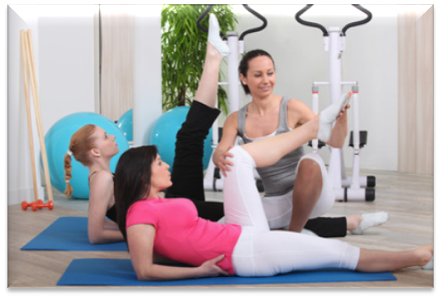 Physical therapists will prescribe and supervise a structured exercise program once the acute injury phase (and the associated pain and swelling) has subsided. These can include –
Physical therapists will prescribe and supervise a structured exercise program once the acute injury phase (and the associated pain and swelling) has subsided. These can include –
1. Muscle strength exercises - including static and dynamic strength exercises to help regain strength as quickly as possible.
2. Range of motion - including active and passive range of motion exercises that can be partial, or complete range of motion. This helps maintain mobility and minimize muscle tightness.
3. Provision of support devices - The use of assistive devices like crutches, walkers or canes to walk short distances is helpful for patients during the recovery phase. The physical therapist will help analyze the need for such a device, identify the right device (if needed) and assist in acquiring such a device.
Restoration of Control
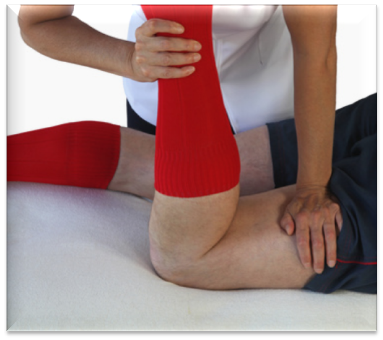 In addition to the restoration of strength and mobility, an important objective of physical therapy is the restoration of muscle control and balance following hamstring injuries.
In addition to the restoration of strength and mobility, an important objective of physical therapy is the restoration of muscle control and balance following hamstring injuries.
When the hamstrings are injured, the strength ratio between the quadriceps (muscles at the front of the thigh) and the hamstrings is also impacted. Weakness or tightness in the hamstrings (as a result of an injury) can also put you at an increased risk of injury to the ACL, or anterior cruciate ligament, which is a ligament that facilitates with knee stability.
Exercises involving balance, weight bearing and unexpected shifts in direction can improve strength and stability in the hamstring muscles. For an athlete recovering from hamstring injuries, a physical therapist will work on motor control and help train sport-specific movements.
Whether you are a weekend warrior or an athlete suffering from a hamstring injury, physical therapy can help. In fact, the scope of physical therapy extends far beyond hamstring injuries and includes pain relief and restoration of function for any muscle injury in the body. Give us a call, and we'll help you regain control of your muscles as quickly as possible.

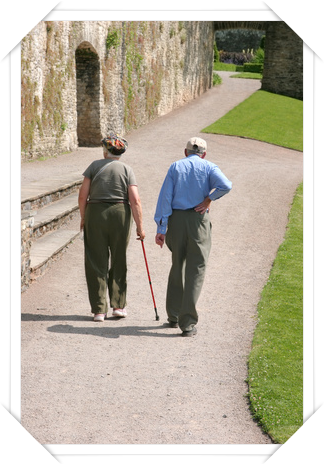 September is considered 'healthy aging month'. The human body goes through a number of changes, as one grows older. A decline in muscle mass and bone density can lead to muscle fatigue and joint pain. It's common for seniors to experience a degree of fear and apprehension prior to exercise.
September is considered 'healthy aging month'. The human body goes through a number of changes, as one grows older. A decline in muscle mass and bone density can lead to muscle fatigue and joint pain. It's common for seniors to experience a degree of fear and apprehension prior to exercise.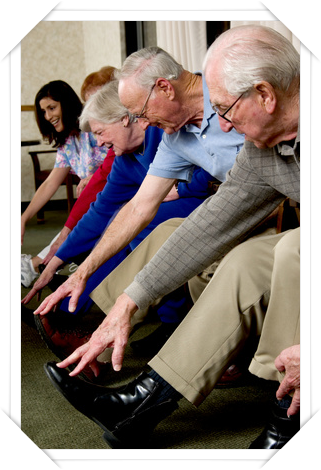 A physical therapist can design an exercise program to help seniors deal with some of the consequences associated with aging, which include:
A physical therapist can design an exercise program to help seniors deal with some of the consequences associated with aging, which include: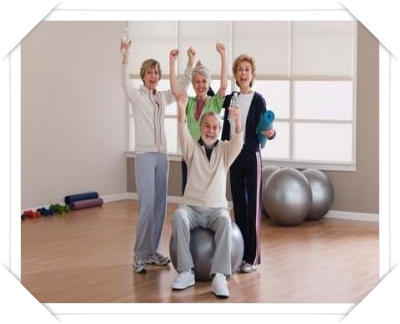 No one can escape the consequences of aging. However, every single person can plan ahead and maintain strength and mobility to age gracefully. The best way to stay active and healthy is to challenge the bones, joints and muscles in a controlled, progressive manner. That's why physical therapy is crucial for individuals of all ages, especially seniors.
No one can escape the consequences of aging. However, every single person can plan ahead and maintain strength and mobility to age gracefully. The best way to stay active and healthy is to challenge the bones, joints and muscles in a controlled, progressive manner. That's why physical therapy is crucial for individuals of all ages, especially seniors.



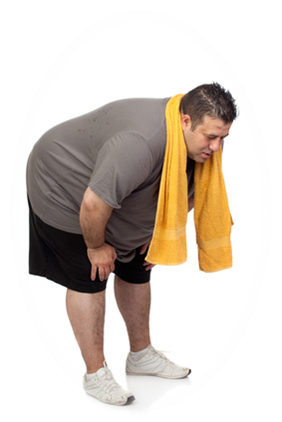 It's important to be physically active, and avoid injuries at the same time. This is especially important for a 'weekend warrior'. If you are sedentary, it's extremely important to plan ahead in order to avoid exercise-related injuries. After all, the human body cannot go from 'inactive' mode to 'weekend warrior' mode in an instant.
It's important to be physically active, and avoid injuries at the same time. This is especially important for a 'weekend warrior'. If you are sedentary, it's extremely important to plan ahead in order to avoid exercise-related injuries. After all, the human body cannot go from 'inactive' mode to 'weekend warrior' mode in an instant.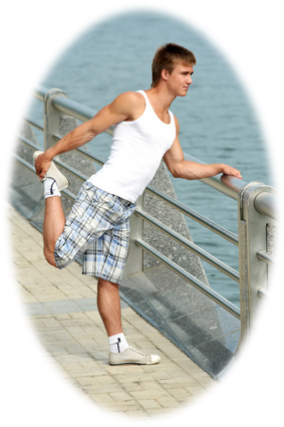 A warm up is a simple, yet neglected way to avoid injuries. Eight to ten minutes of walking or light jogging, combined with some light stretching is a great way to prepare your body for progressive exercise intensity and minimize injuries.
A warm up is a simple, yet neglected way to avoid injuries. Eight to ten minutes of walking or light jogging, combined with some light stretching is a great way to prepare your body for progressive exercise intensity and minimize injuries. 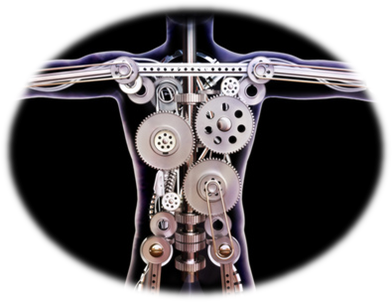 If you are one of the many weekend warriors this summer, here are a few ways that a physical therapist can help:
If you are one of the many weekend warriors this summer, here are a few ways that a physical therapist can help:
 Summer is a time to have fun and spend time outdoors. It is an opportunity to enjoy the sunshine. It's a time when you can go out for a walk and roll down the windows and take in everything that nature has to offer. The weather encourages you to be active and venture outside.
Summer is a time to have fun and spend time outdoors. It is an opportunity to enjoy the sunshine. It's a time when you can go out for a walk and roll down the windows and take in everything that nature has to offer. The weather encourages you to be active and venture outside. Here are some tips that to ensure a safe, fun and injury-free summer:
Here are some tips that to ensure a safe, fun and injury-free summer: Don't let the summer months pass you by because of an injury. Nobody wants to spend the summer stuck in bed because of a preventable injury. Visit your physical therapist today to learn about injury prevention this summer.
Don't let the summer months pass you by because of an injury. Nobody wants to spend the summer stuck in bed because of a preventable injury. Visit your physical therapist today to learn about injury prevention this summer.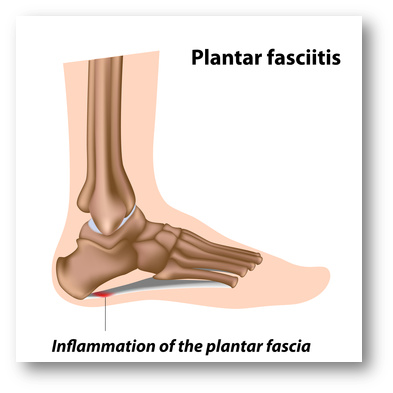 Have you ever experienced a sharp pain in your heel for no
apparent reason? One of the causes of heel pain is a condition called plantar
fasciitis. It is caused by inflammation of the plantar fascia, the tissue
connecting the heel bone to the toes. The plantar fascia serves as a 'shock
absorber' for the arch of the foot.
Have you ever experienced a sharp pain in your heel for no
apparent reason? One of the causes of heel pain is a condition called plantar
fasciitis. It is caused by inflammation of the plantar fascia, the tissue
connecting the heel bone to the toes. The plantar fascia serves as a 'shock
absorber' for the arch of the foot.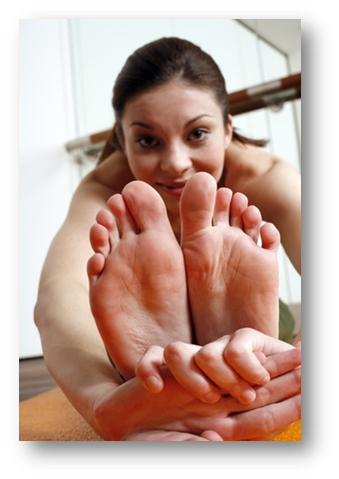 Often, people who suffer from plantar fasciitis have
tighter and weaker foot muscles. The physical therapist will conduct a detailed
evaluation of the strength, flexibility and stability of the muscles and
ligaments around your foot and ankle to determine the best course of action.
Often, people who suffer from plantar fasciitis have
tighter and weaker foot muscles. The physical therapist will conduct a detailed
evaluation of the strength, flexibility and stability of the muscles and
ligaments around your foot and ankle to determine the best course of action.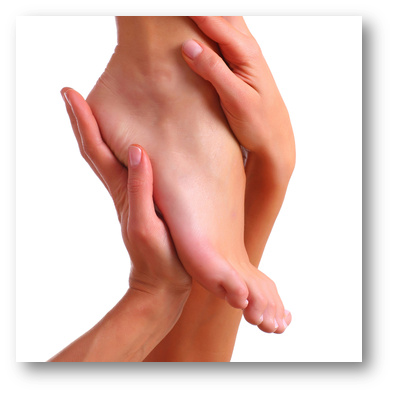 Surgery is an option but should be considered as the last
resort.
Surgery is an option but should be considered as the last
resort. People enjoy walking or running for a number of reasons. For many, it's a simple form of exercise. For some, it's about 'the freedom of the road' and 'being one with nature', while others find it an effective way to decrease stress.
People enjoy walking or running for a number of reasons. For many, it's a simple form of exercise. For some, it's about 'the freedom of the road' and 'being one with nature', while others find it an effective way to decrease stress.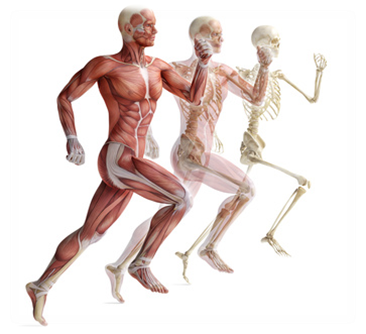 The right degree of flexion in your knees and elbows is important to reduce strain on your joints.
The right degree of flexion in your knees and elbows is important to reduce strain on your joints.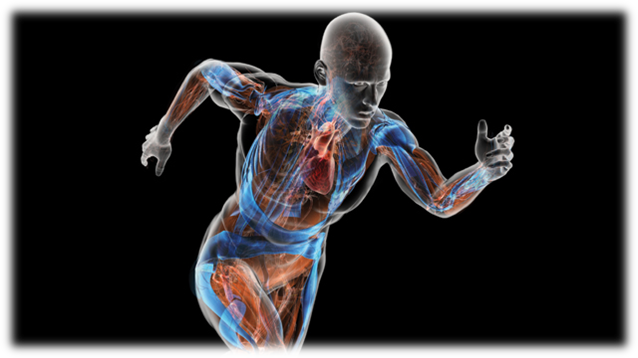 A physical therapist can identify muscle imbalances and improper joint alignments. The physical therapist will conduct a detailed evaluation, which includes an analysis of gait, foot alignment, upper body strength, hip alignment and spine alignment.
A physical therapist can identify muscle imbalances and improper joint alignments. The physical therapist will conduct a detailed evaluation, which includes an analysis of gait, foot alignment, upper body strength, hip alignment and spine alignment.


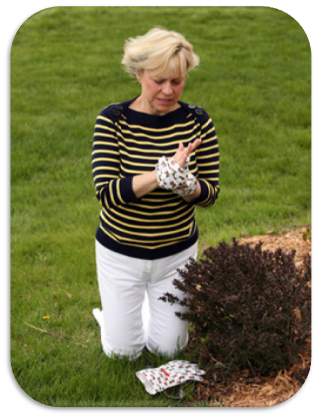 According to NIH (National Institute of Arthritis and
Musculoskeletal and Skin Diseases), fibromyalgia is an autoimmune disease that
affects 5 million adults in the United States alone. It is more common in women
than men and is generally diagnosed in individuals between the ages of 30 and
50. It is often characterized by chronic widespread muscular pain and
tenderness, symptoms of extreme fatigue and listlessness, poor sleep quality,
and memory problems.
According to NIH (National Institute of Arthritis and
Musculoskeletal and Skin Diseases), fibromyalgia is an autoimmune disease that
affects 5 million adults in the United States alone. It is more common in women
than men and is generally diagnosed in individuals between the ages of 30 and
50. It is often characterized by chronic widespread muscular pain and
tenderness, symptoms of extreme fatigue and listlessness, poor sleep quality,
and memory problems.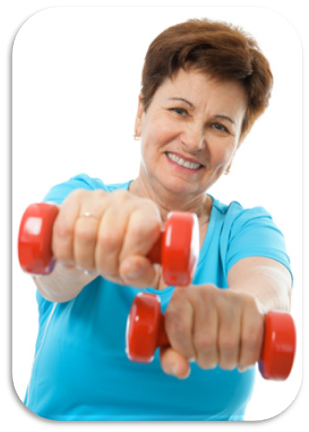 For a patient with fibromyalgia, every day is different.
Symptoms can often come and go. Some days may be extremely challenging, while
others are more manageable. A well designed exercise program plays an important
role in the management of fibromyalgia but the fear of pain prevents individuals
from exercising. This is where a licensed physical therapist can help.
For a patient with fibromyalgia, every day is different.
Symptoms can often come and go. Some days may be extremely challenging, while
others are more manageable. A well designed exercise program plays an important
role in the management of fibromyalgia but the fear of pain prevents individuals
from exercising. This is where a licensed physical therapist can help.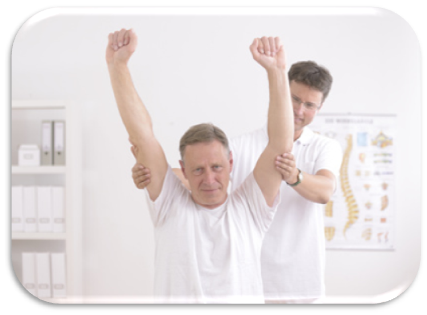 Whether you experience pain as a result of fibromyalgia or
any other condition, your physical therapist can teach you to interpret the
severity of pain signals and possibly reduce pain with structured exercise. You
will discover how to maintain a healthy lifestyle, manage stress, reduce pain
and improve your sleeping habits.
Whether you experience pain as a result of fibromyalgia or
any other condition, your physical therapist can teach you to interpret the
severity of pain signals and possibly reduce pain with structured exercise. You
will discover how to maintain a healthy lifestyle, manage stress, reduce pain
and improve your sleeping habits.
